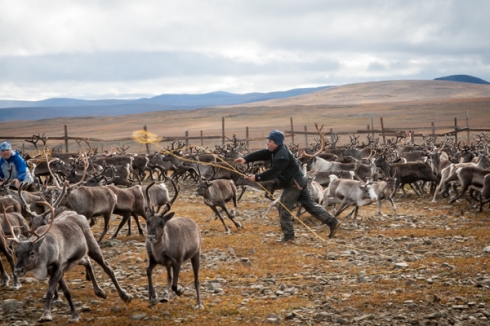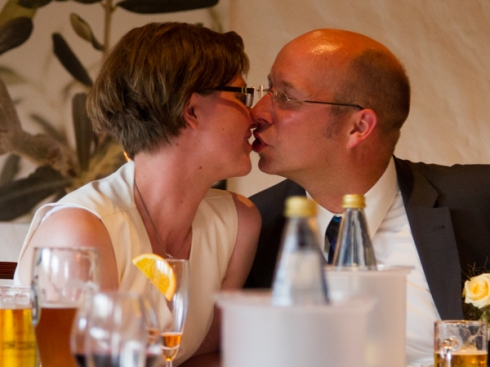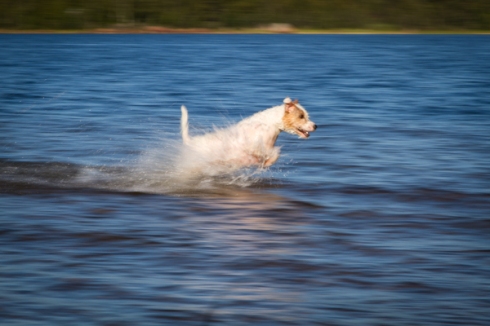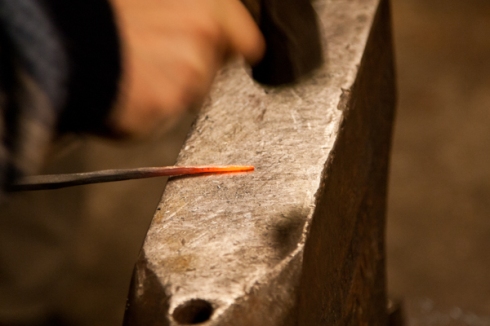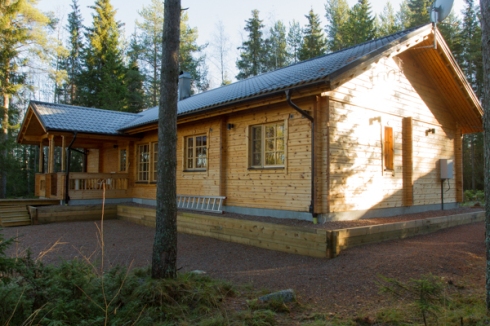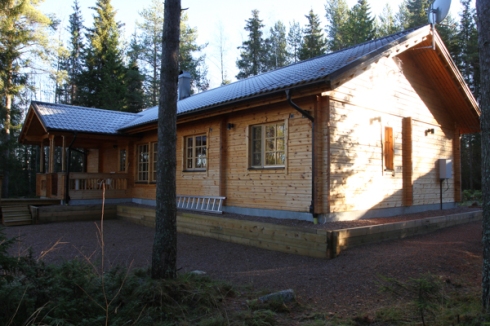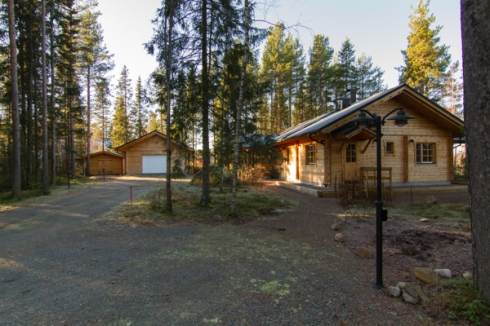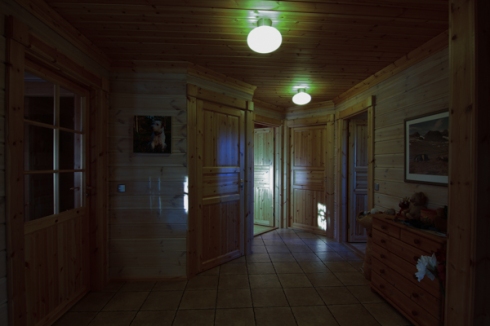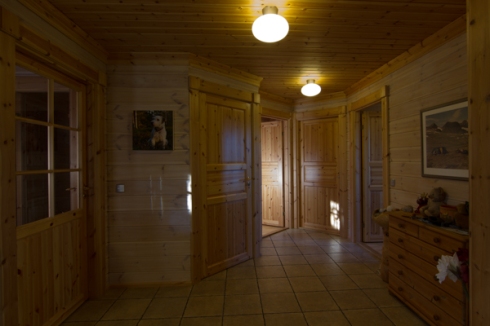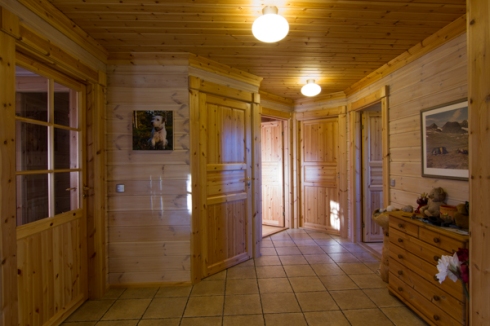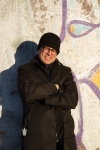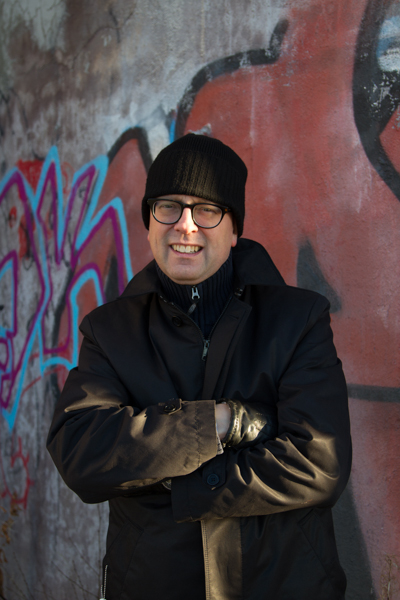This exercise is about the “decisive moment” as Henri Cartier-Bresson called it. Iconic is the picture of the man jumping over the puddle in Paris, well known or so many of his other pictures where you just see a person in an otherwise abandoned streetscene.
You either can anticipate that something is going to happen and stand ready with the camera, waiting for it or you shoot first and decide then what is the right moment.
Anyhow it can be a of value to have the camera in the Auto-setting or having pre-set to a special situation and even have it focused in order to be quick when the moment comes.
Down here are some of my decisive moments.
First picture showing a scene from a “renskiljning”, where the reindeer are collected, marked and in the end some of them are butchered. It takes quite a few exposures before you get just the right moment of them throwing the lasso. Here luck and a reasonably fast camera helped.
The next two pictures are, as probably anyone can guess a wedding with the father of the bride holding a speech, one of the important moments during that day and then of course the obligatory kiss. Maybe a split second too early?
When taking pictures of animals, especially in combination with sports the moment is the most important thing. Here Svante that is just in the right position and phase of the jump.
Other examples could be e.g. Icelandic horses, who, when competing against each other are judged by the quality of their gaits and that of course means getting just the right moment when all legs are at the right place.
Below is a scene when a friend taught some other friends how to do metalwork. Here the boy hitting the hot metal on the anvil to get an impression of the scene and in the second picture a more close up. I even got pictures of the hammer just hitting the metal but that did not look as good, I guess because of the small size of it.
